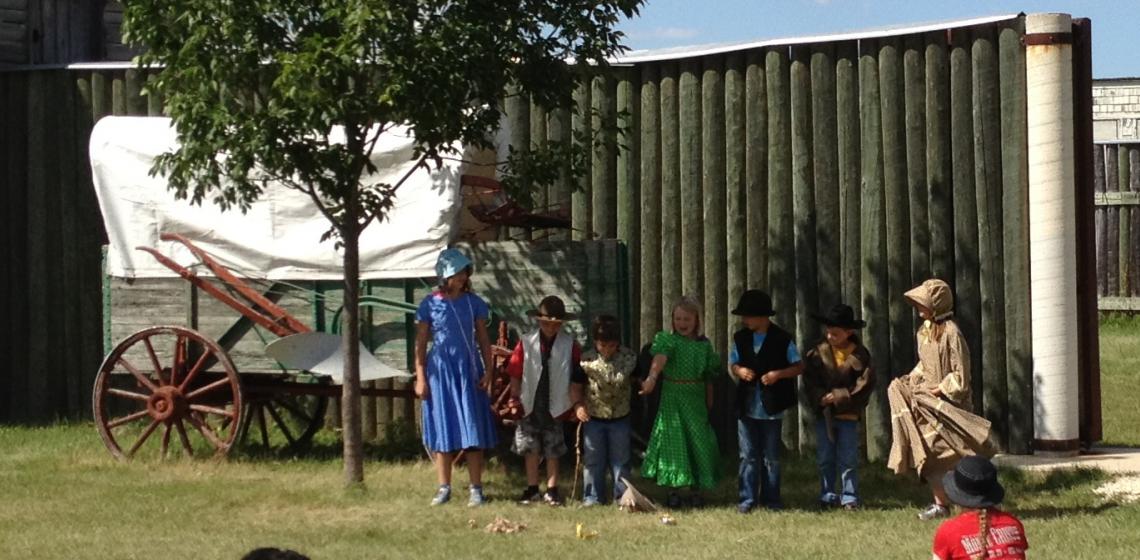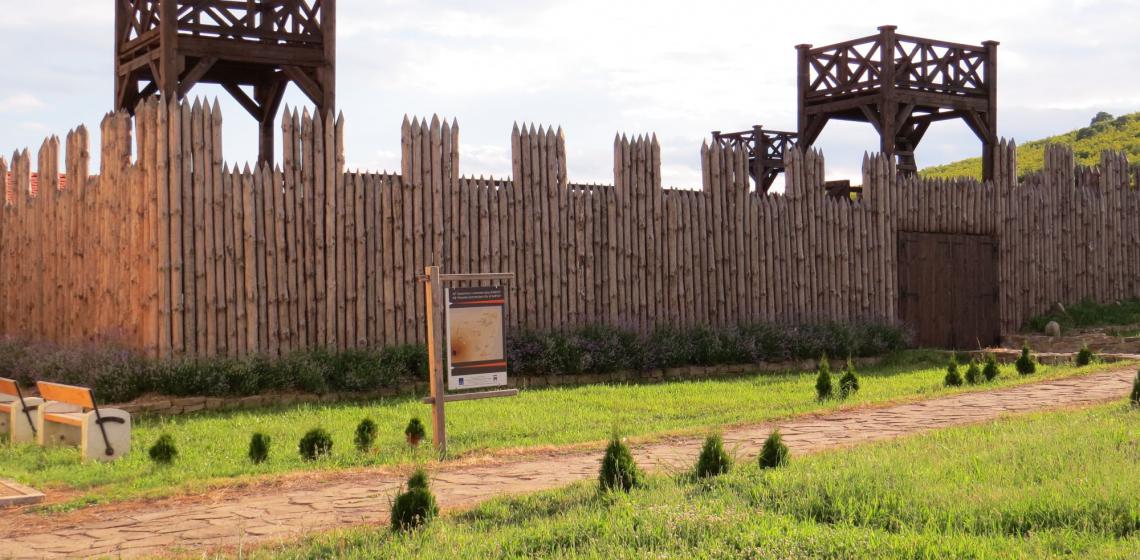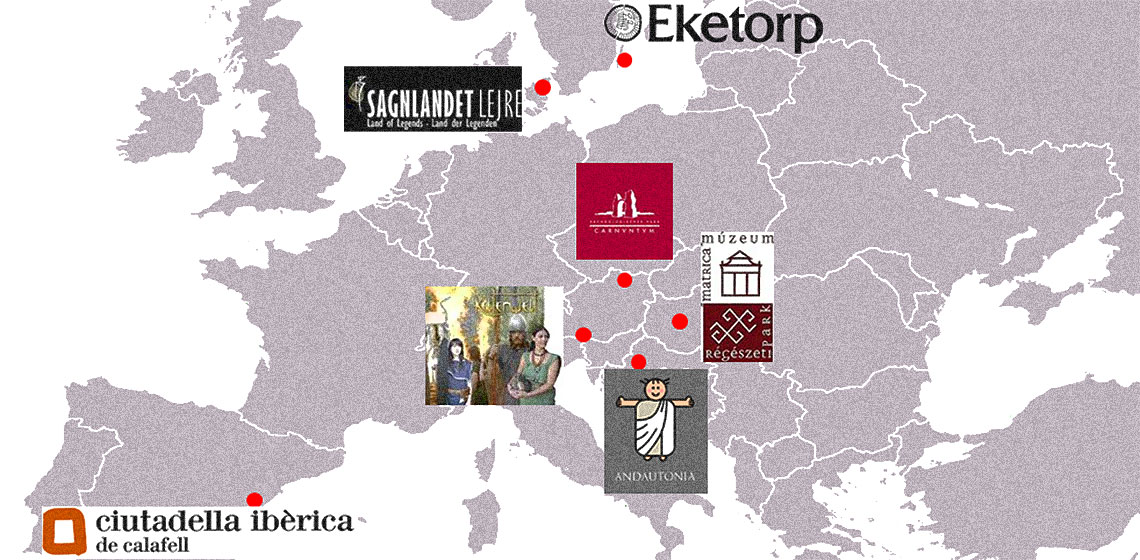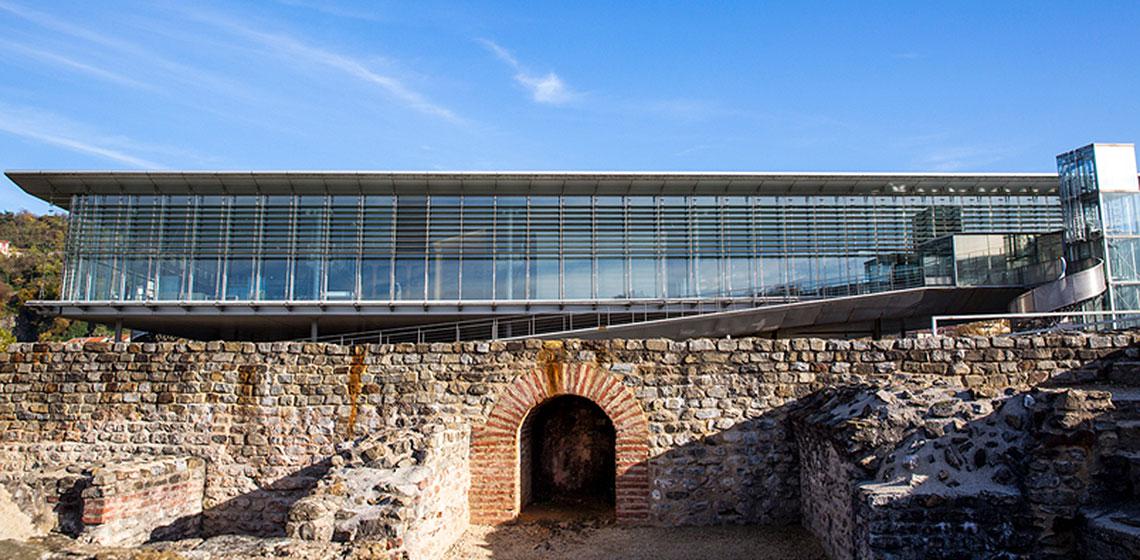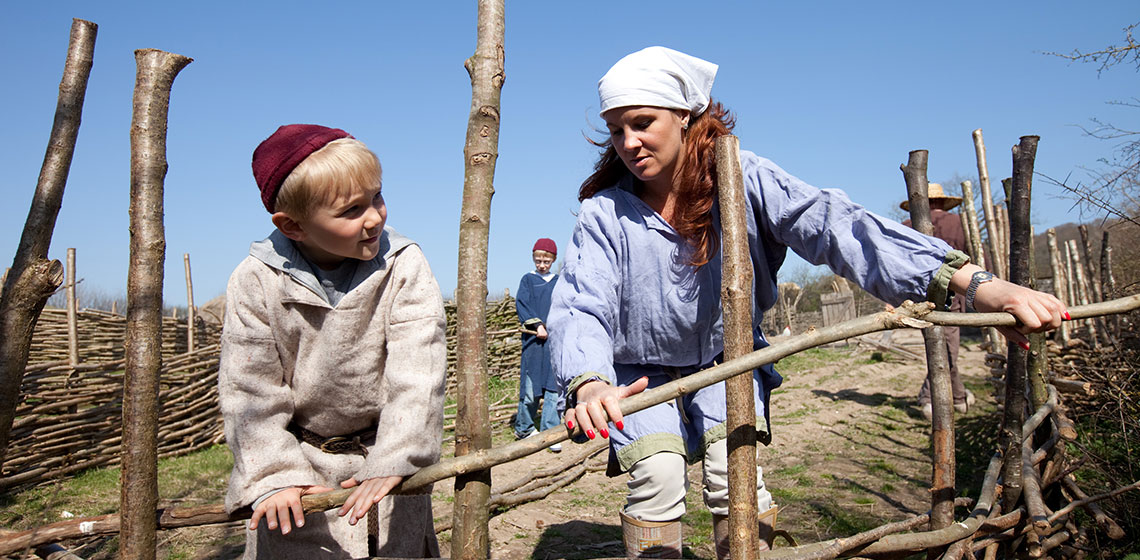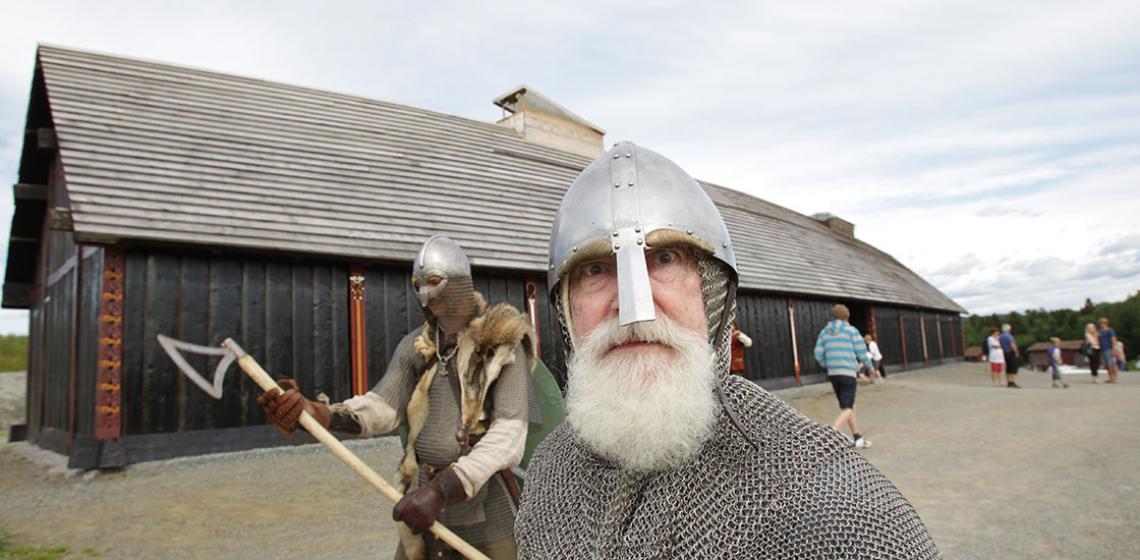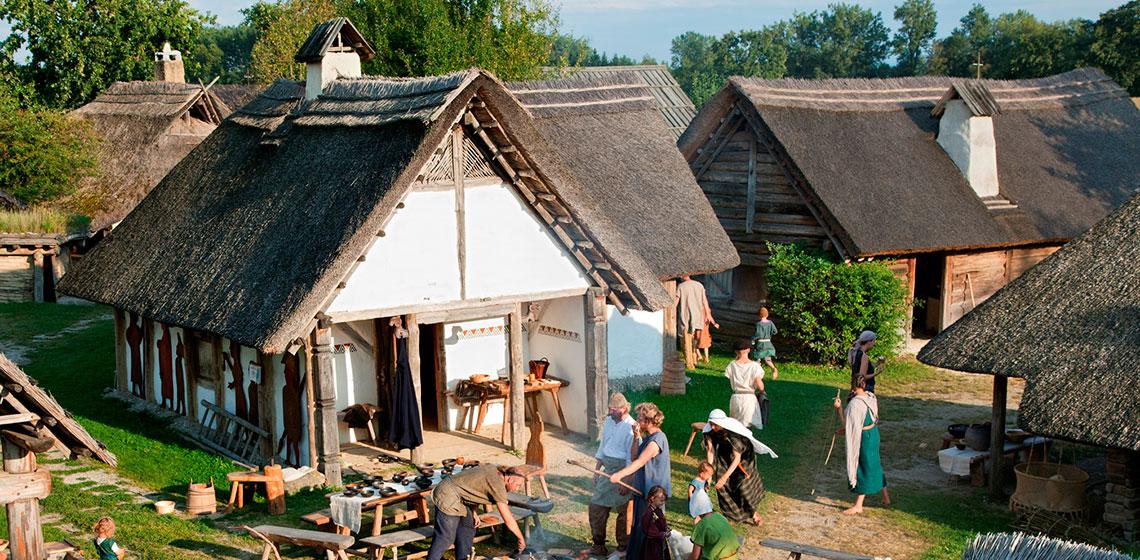"The Viking ships are gently rocking in the harbour. In the longhouse, the housewife sews new clothes, and sparks fly around the blacksmith, who makes new nails at the fire. Work is being done on the new Viking harbour next to the small wooden church where candlelight flickers under a victorious Christ. At the sacrificial grove offerings are made to the Æsir Gods ...”
Outside you can often see talented Vikings who work at the Viking houses, and you can try your hand at the training tools at the Viking playground. In the sacrificial grove you can sacrifice to the Nordic gods, and in the Viking hall the children can dress up as Vikings. Every day, a Viking story teller is ready to take you on the free public tour, which gives an exciting insight into the Viking Age and the history of Bork Viking Harbour. Bring your family along and let us give you a 1000-year-old experience you will forget late.

